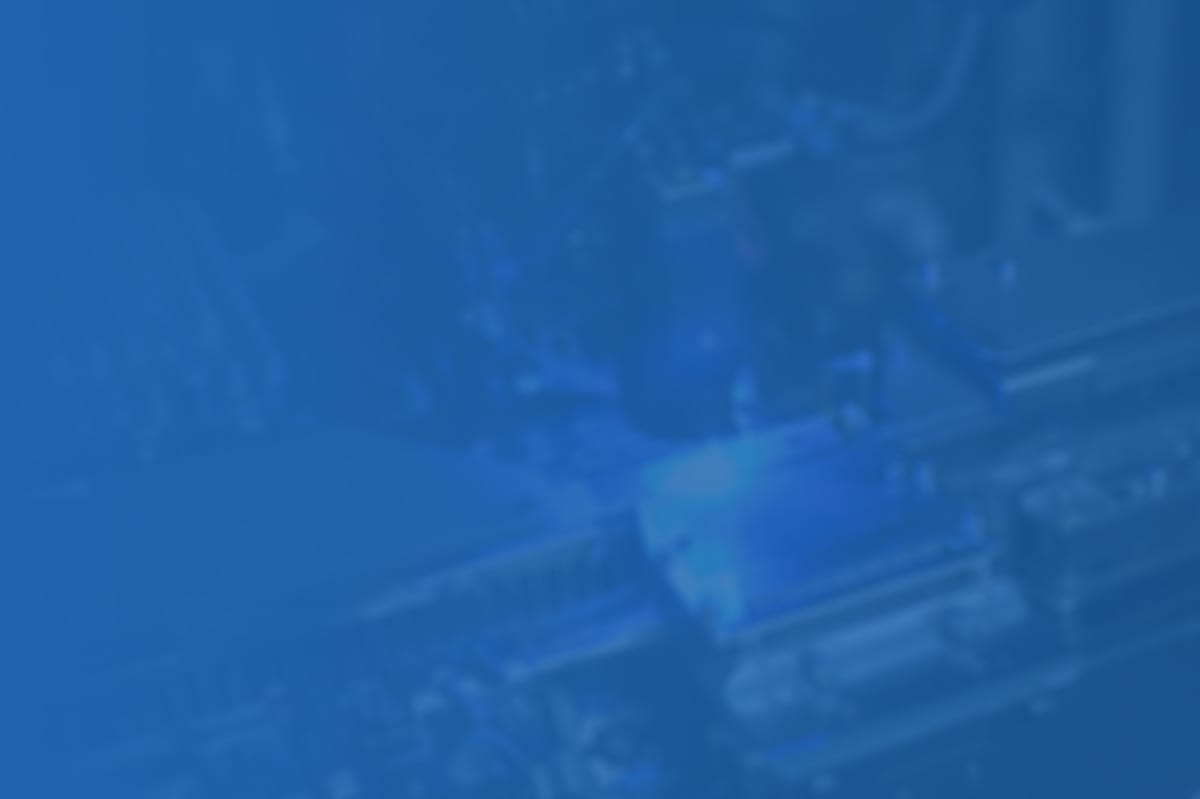Touchscreens have become so ubiquitous today that we can hardly remember the magic of using them for the first time. Even toddlers and babies use touchscreens in order to play games and watch Youtube. It has even been said that, with parental interaction, that toddlers do just as well at sorting objects after playing a videogame on a touchscreen as toddlers that did physical activity.
But how do touchscreens work?
That depends on the type of touchscreen. There are several types of touchscreens: resistive, capacitive, projected capacitive, infrared, and surface acoustic wave touchscreens.
Resistive Touchscreens
The older touch screens, such as those used in an ATM, worked by having a space sandwiched between film and transparent electrode film. This was backed by the glass. When you would touch the film, it would push it down and touch the glass, thereby interrupting the flow of current. This type of touchscreen works regardless of what touches the film.
Capacitive Touchscreens
With capacitive touchscreens, there is a transparent electrode layer that is covered with a screen and placed on top of the glass. When a finger touches it, a bit of electrical charge goes to the user. Sensors then detect the decrease in current and where it is present. These touchscreens will only work with the touch of a stylus or a human, but they are vulnerable to electromagnetic and radio frequency interference.
Infrared Touchscreens
The infrared touchscreens use sensors to detect an interruption, provided by a finger or a stylus, in LED beams. This type of touchscreen can detect any such interruption in the LED beams, even an opaque one, such as one that was provided by someone wearing gloves.
As you can see, most touchscreens work by detecting interruptions in a field of something going between the screen and a film.
Industry Spotlight: How are these used in the medical community?
Efficiency is king when it comes to the medical community. Everyone has to work at a fast pace, so they all need things to make their jobs easier, more efficient, and safer. Many nurses and doctors employ the use of touchscreens in triage in order to make sure that all of the patient’s symptoms are recorded accurately into the system. There are also benefits to looking up what a patient might be suffering from.
In addition to these benefits, touchscreens are easily cleanable, which makes it preferable to the old-style keyboard.



